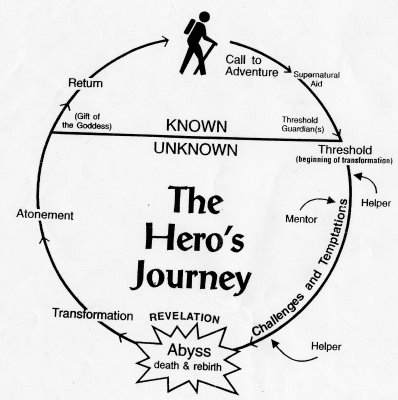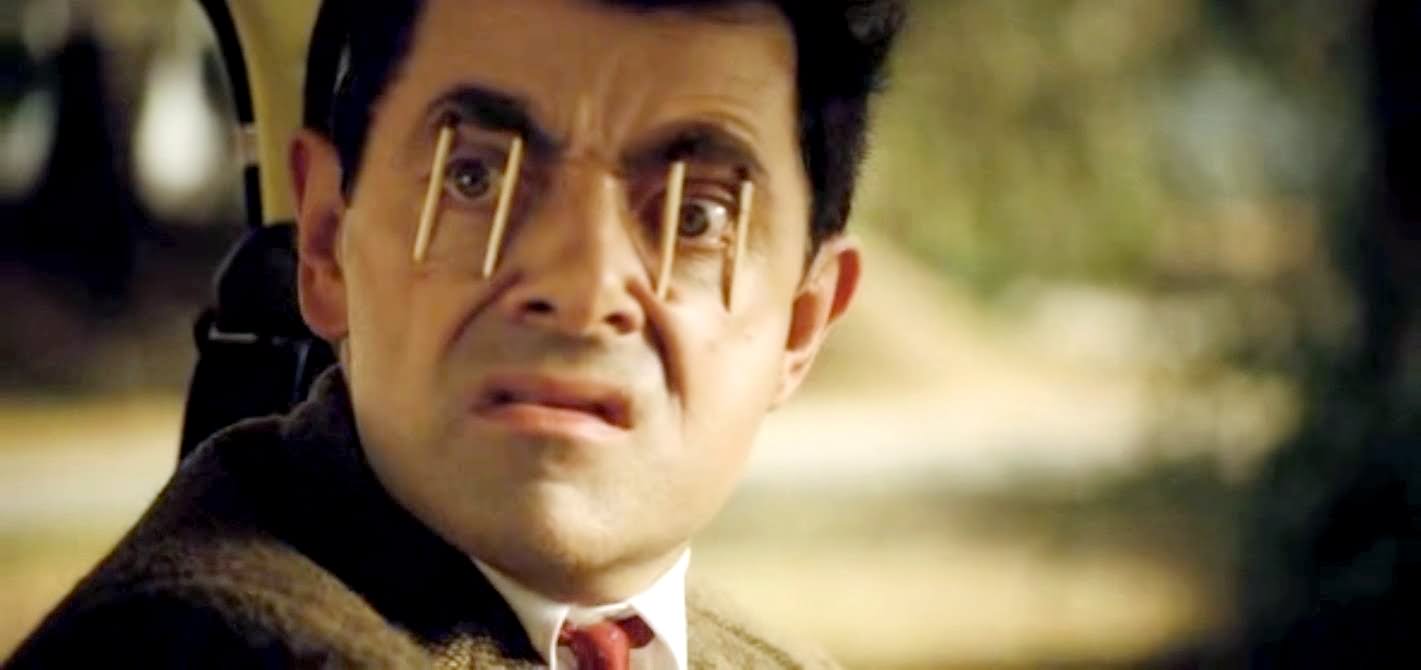Welcome to this guide to plotting character arcs. I’m a bit of a planner when it comes to writing. I need a framework, something to help keep my eye on the end game.
Before I begin any story or chapter I try to plan in as much detail as possible. In the past, most of my planning focused on plot. Moving the story from A to B. While I include character development in this, it never had much of a focal point.
The more I write, the more my appreciation for the significance of characterisation grows. And this has led to me developing my own approach to plotting, one that accounts for character development and emotional changes and reactions, while ensuring conflict runs throughout the plot, meaning no dreaded plot holes or boring bits!
Let’s discover more.
Character plots?

Like plotting out a story using events, instead, I map out the story using my characters’ emotional journey, their thoughts, their desires, as those events unfold.
Emotion is so important in our lives, and in our characters lives too. Playwright Moses Malevinsky said in The Science of Playwrighting:
“Emotion, or the elements in or of an emotion, constitute the basic things in life. Emotion is life. Life is emotion. Therefore emotion is drama. Drama is emotion.”
To echo that point, another fantastic playwright, Lajos Egri, said, “emotion, to be sure, is as necessary to a [story] as barking to a dog.”
Why do I think this emotional journey is so important? Let’s look at the potential reaction to a simple email.
As writers, we send our work off to publishers in the hope of making some cash, reaching new readers, enriching peoples’ lives with our words. When we see the response email from a publisher in our inbox our hearts begin to flutter. Is it good news or bad? You open the email, skim the words, seeking the ones you want, the ones that will tell you everything you need to know. ‘Congratulations’ or the dreaded ‘unfortunately’.
In that brief moment, we are filled with hope and in the fleeting seconds after we’re either dejected or elated. Emotions swing violently to either end of the spectrum. All from one little email.
What’s the benefit of plotting character arcs?
Put yourself in your character’s shoes. Think of all of the massive, life-changing events you drag them through. How would it feel to be the one being dragged along? The highs, the lows, the anxieties, the uncertainties, the pressure to perform and succeed. I do not doubt your characters will go through some intense shit in your stories. Plotting their emotional journeys may help you get to grips with each and every swing of emotion.
It can help make characters and the events that happen to them more believable. If a character kills someone for the first time, that’s a pretty massive thing to do. Playing God. Snuffing out the light of life. To really get at the heart of what your character is thinking and feeling, plotting out that emotional journey is going to help you achieve that.
It also serves as a check and balance in case any emotional reactions that you’d expect a character to go through do not get addressed, or aren’t properly addressed. No stone is left unturned. You’re not leaving things to chance, you’re thinking things through in excellent detail. All of this is only going to benefit both your story and your characters.
Another benefit of character plotting is that it gives you a visual overview of your story and the points of conflict that emerge throughout. This will help you identify any flat or dull parts of the story, allowing you to add in obstacles for your characters to overcome.
For example, a character who gets out of their chair and leaves the room is pretty dull. To liven it up, we could create a scene in which the character leaves their chair but before they reach the door, somebody falls through the ceiling. Much more interesting!
If you’re a fantasy writer, you may have stories that involve long physical journeys. If so, character plotting can come in handy. For example, in Pariah’s Lament, one of the protagonists Isy had to travel a significant distance. I generally find such journeys boring, so I sought ways to introduce some extra conflict. And having that visual outline (which we’ll come to next) allowed me to work out the best places to introduce some turmoil. Thirdly, you ensure your characters develop and grow in believable and compelling ways. We love to see characters change and grow, and this way you can ensure that happens.
A final benefit to character plotting is that it gives more structure to your story. Knowing how to get from A to B is one thing, knowing how your character feels about it is another. Your overall plot and characterisation will be stronger as a whole.
How do you go about it?
I speak entirely from personal experience. What works for me may not work for you. The trick is trial and error: try something, see if it works, try something else… and so on, until you hit your winning formula.
I always begin with planning the story. In my mind, I need to know what’s going to happen and where I’m going. Once I know the key events, I turn to my characters, embed myself in their minds and walk the path I’ve constructed for them. I jot down any little feelings that spring to mind as I progress through the plot.
These emotional reactions, in turn, shape the plot. The characters we create are full of surprises. As they come to life with their own thoughts and feelings, they manipulate the flow of the story as it unfolds, meaning you’re not tying yourself up in knots when inconsistencies arise between plot and character. The two are very much linked and determine the fate of each other.
Let’s take a look at a couple of examples.
I used character arc plotting extensively in writing my debut novel, Pariah’s Lament. With it being a character-driven story, I wanted to make sure that each character developed in a compelling way and one consistent with who they are.
And as shown in the graphs below, this is how I chart my characters’ journeys.
Let’s look at Isy, for instance. Her story is all about growth, rising up from the depths. So on the character plotting chart, she starts at the bottom. From there, she goes through a series of obstacles and conflicts, mostly bad, which is why her development line continues to fall. Things do, however, pick up, and that’s why we see a rise. It can help on your own charts to write a note about what each point of conflict is.
Edvar’s character plot is a little different. His story is all about the fall from grace and his redemption. This is why his development line is U shaped, the decline and the climb back up.

Character Plotting Summary
So in short, a character plot is a useful exercise because:
- In plotting the emotional turmoil of your character, you’re leaving no stone unturned, making for more believable, empathetic characters.
- Mapping out both the story and the character’s emotional journey can help shape both, which will lead to a more engaging and less disjointed story.
- It gives more structure to your story. Knowing how to get from A to B is one thing, knowing how your character feels about it is another. Your overall plot and characterisation will be stronger as a whole.
Give it a go and see what you think. I’d love to hear your views!
More Guides and Resources On Characters
Below, you can find some more guides and resources you may find useful:
- Click here to read about characterisation
- Or head here to find a list of 200+ fantasy magazines and journals to submit stories too
- And head here to learn more about plotting
- A straightforward guide on plotting
- A look at various elements of fiction
- For more writing tips, head here
Get More Help With Characters, Plot and Conflict
If you’d like more help with your writing, you may be interested in joining my online writing group. Made up of enthusiastic and committed writers from all over the world, it’s a perfect space to share your writing, get feedback, learn new things and make friends!
To join, just click the button below.
Character Plotting Frequently Asked Questions
Here are the answers to some commonly asked questions on this subject:
A character-focused plot is one in which the story focuses on the physical and emotional journey of the character. This is often contrasted to a plot-driven story, in which the focus is on the events.
A plot outline is a wat of mapping out what happens in your story, focusing on the main events and points that arise. This can come in the form of a synopsis or a bulleted list.
This is a matter of preference, but generally, to create a compelling and believable story, a writer will need to understand their characters inside and out.
The simplest way is to look for conflict, or obstacles, to put before your characters path. How your characters deal with these plotting devices will influence not just how they develop, but how your story and plot develops too.
Thank you for checking out this guide to character plotting.
Thank you for reading. If you enjoyed this post, why not stay in touch? Everyone who joins the community receives a bunch of nifty gifts, including a free ebook on the craft of writing, lists of fantasy publishers, lists of fantasy book reviewers, and two free short stories. All you have to do is complete the form below!
- 5 Tips to Help Your Child Learn and Succeed at Primary School - February 26, 2024
- The Advantages Of Using An AI Essay Typer Alternative - February 14, 2024
- Advice On Getting Help With Your Homework - January 26, 2024






An interesting article.
Thanks!
Thanks for the article. 🙂
If you’re looking for an idea for blogging, I’d love to read a post about romance and relationships in fiction. Another idea is magical artifacts or equipment and how they can enhance the plot and characters. Cheers.
You’re very welcome. And thank you for the tips! I’ll look into them for you
Pingback: How Do You Plot A Story? – Richie Billing
Pingback: 4 Things I Learned Writing A Novel – Richie Billing
Pingback: How Do You Edit A Novel? #AuthorToolboxBlogHop – Richie Billing
Pingback: Interview with Richie Billing: Author of Pariah's Lament - LauraLizBuckley
Thank you so much again for asking me to take part!
Pingback: A Guide To Character Development In Writing | Richie Billing
Pingback: How To Create Suspense In Writing | Richie Billing